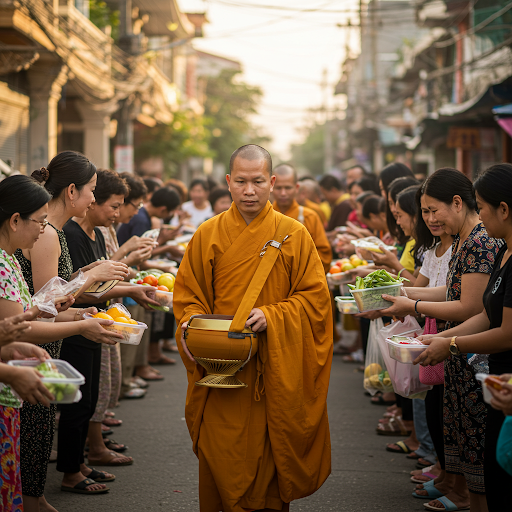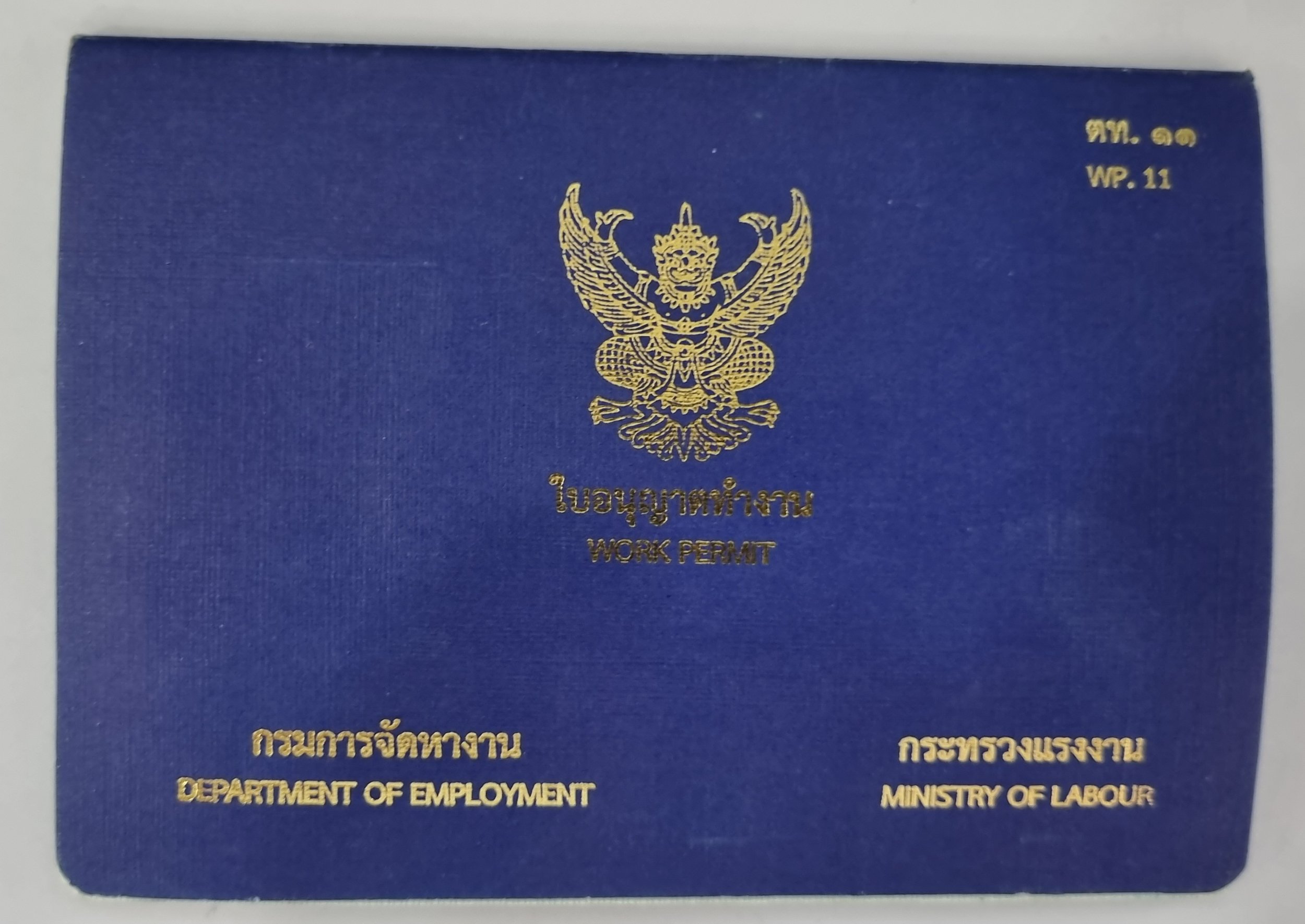Thai Monk Initiation Ceremony 2025 Guide — KET
The monk ceremony in Thailand, known as the ordination ceremony, is a sacred rite of passage steeped in ancient traditions.
Rooted in Theravada Buddhism, this centuries-old tradition transforms Thai men into monks, binding them to monastic life and their communities.
From the ordination process to vibrant celebrations, this ritual reflects Thai culture’s spiritual depth and communal spirit.
Let’s explore this profound journey.
The Path to Monkhood: A Cultural Cornerstone
In Thailand, becoming a monk is a revered milestone for young men, typically at age 20.
Buddhism, practiced by over 95% of Thais, expects every male to enter monkhood even briefly to earn merit and good karma for themselves and their family members, especially parents.
This ordination can last from a day to three months, though some commit to full ordination for life.
The ceremony begins with a formal request to the Sangha, requiring at least five monks to validate the process under Vinaya rules.
Rituals of the Ordination Ceremony
The ordination ceremony is a tapestry of sacred ceremonies. It starts with the novice monk or new monk shaving his head and eyebrows, symbolizing detachment from worldly vanity.
He dons a white shirt initially, then transitions to iconic orange robes post-ordination.
The ceremony involves chanting in Pali, the ancient Buddhist language, alongside meditation to honor the Triple Gem: Buddha, Dharma, and Sangha.
Symbolic offerings like banana leaves and flowers adorn the temple, connecting the new monk to Lord Buddha’s teachings.
The Hae Nak Procession: A Community Celebration
A highlight is the Hae Nak procession, where the young man parades to the monastery with well-wishers.
In Southeast Asia, this varies some regions feature elaborate floats, others simple walks.
Lay people shower the candidate with blessings, while family and friends join to support his spiritual leap.
At the temple, the ordination day culminates with the novice ordination, officially welcoming him into the Sangha.
Alms Giving: The Heart of Monastic Life
Post-ordination, the alms-giving ceremony binds monks to their community.
Each morning, monks walk silently, carrying alms bowls, as lay people offer food—think sticky rice, curries, and fruits.
This alms ritual reflects Buddhism’s philosophy of giving and receiving, fostering compassion.
In places like Luang Prabang, Laos, this daily tradition draws tourists, but in Thailand, it’s a quiet, local act of merit.
In Arabella’s Words: A Personal Glimpse
Teacher Arabella, a Kids English Thailand guest writer, shares her firsthand experience at a monk ceremony in Sukhothai:
“The CEO of Kids English Thailand invited me to participate in both parts of the ceremony with her. The local community was welcoming, and (it seemed like) everyone in Sukhothai was invited to attend this event since it was considered a large party and celebration for all people. … We were served a wide variety of food as we sat down. This included basil pork, pork crackling, vegetables, salad plates, fish and seafood dishes, noodles, and lots of rice! … The other large tent was for the family and close friends and featured a large and beautiful shrine of an offering made from banana leaves.”
Her words capture the ceremony’s joy and communal warmth, blending solemnity with celebration.
Music and Dance: The Party After the Rite
The monk ceremony doesn’t end at the temple.
A festive party follows, alive with Thai music, traditional Isan folk, or Bangkok’s modern beats and dancing.
This occasion honors the new monk’s journey, with family members and well-wishers sharing gifts and stories.
The procession around the temple three times, often with booming speakers, turns reverence into revelry, showcasing Thailand’s knack for celebration.
Food as a Cultural Symbol
Food is central to the monk ceremony.
Families prepare feasts sticky rice, spicy basil pork, and sweet desserts served freely to all.
These dishes, rooted in tradition, symbolize abundance and gratitude.
Monks later rely on alms bowls for daily sustenance, but the ordination day feast unites the community in a shared offering to the Buddha and the new monk.
Spiritual and Social Impact
Entering monastic life, even briefly, shapes Thai men profoundly.
The ten precepts, rules like abstaining from harm, guide their days, while duties like cleaning the monastery build humility.
For parents, it’s a gift of karma; for society, monks uphold ancient traditions, bridging past and present in Thai culture.
Teaching in Thailand: A Cultural Connection
Foreign teachers with Kids English Thailand often witness these ceremonies, gaining insight into Buddhism and Thai life.
Schools and temples intertwine, making teaching here a cultural immersion.
Whether in Bangkok or Myanmar-border towns, educators find inspiration in these sacred ceremonies.
Conclusion: A Living Tradition
The monk ceremony from novice ordination to full ordination is an integral part of Thailand’s soul.
It’s a centuries-old tradition that honors the Buddha statue in every temple, connects family and monks, and keeps Thai culture vibrant.
Whether you’re a tourist or a teacher, experiencing this ordination reveals the heart of Southeast Asia’s spiritual legacy.
Final Thoughts
We hope this post has inspired and empowered you on your teaching journey in Thailand!
Kids English Thailand is here to support you with tips, insights, and resources to make your experience truly amazing.
Want to dive deeper or have questions?
Check out our related posts below, or connect with our community of educators making a difference in Thailand.
Let’s keep thriving together!





















On 13 October 2025, Thailand officially replaced the old blue work-permit book with the new fully digital e-Work Permit system (eworkpermit.doe.go.th).
Everything now happens online except one short biometric appointment.